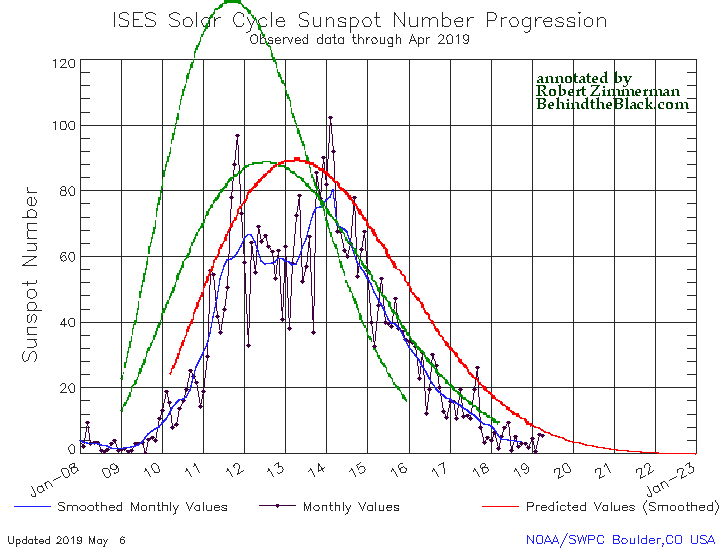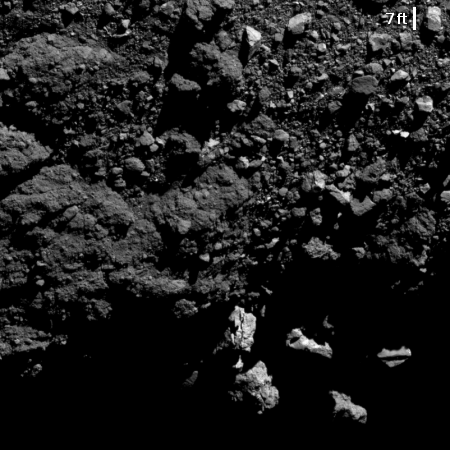ArianeGroup begins production of first 14 Ariane 6 rockets
Capitalism in space? ArianeGroup has announced it has begun production of the first fourteen Ariane 6 rockets, set for launch beginning in 2020.
Following the initial institutional and commercial launch orders for Ariane 6 obtained by Arianespace since the autumn of 2017, and the resolution of the ESA Council on April 17, 2019, related to the rocket’s exploitation framework, ArianeGroup is starting to build the first series-production batch of 14 Ariane 6 launchers.
These 14 launchers, scheduled to fly between 2021 and 2023, will be built in ArianeGroup plants in France and Germany, as well as in those of its European industrial partners in the 13 countries taking part in the Ariane 6 program.
The April 17 resolution essentially committed the ESA (European Space Agency) to subsidize ArianeGroup should Ariane 6 fail to obtain sufficient launch contracts for the company to make a profit.
Right now, that subsidization seems almost certain, based on the prices ArianeGroup is charging for Ariane 6 and the resulting dearth of sales contracts.
The launch rate announced above illustrates the rocket’s lack of interest. Fourteen launches in three years? SpaceX has been launching that many times in half a year. Granted, Ariane 6 is designed to launch two satellites to Falcon 9’s one, but even so this launch rate is low. And I expect in reality it will be lower than this. I expect them to fail to get launch customers, and will find they have a white elephant on their hands.
Capitalism in space? ArianeGroup has announced it has begun production of the first fourteen Ariane 6 rockets, set for launch beginning in 2020.
Following the initial institutional and commercial launch orders for Ariane 6 obtained by Arianespace since the autumn of 2017, and the resolution of the ESA Council on April 17, 2019, related to the rocket’s exploitation framework, ArianeGroup is starting to build the first series-production batch of 14 Ariane 6 launchers.
These 14 launchers, scheduled to fly between 2021 and 2023, will be built in ArianeGroup plants in France and Germany, as well as in those of its European industrial partners in the 13 countries taking part in the Ariane 6 program.
The April 17 resolution essentially committed the ESA (European Space Agency) to subsidize ArianeGroup should Ariane 6 fail to obtain sufficient launch contracts for the company to make a profit.
Right now, that subsidization seems almost certain, based on the prices ArianeGroup is charging for Ariane 6 and the resulting dearth of sales contracts.
The launch rate announced above illustrates the rocket’s lack of interest. Fourteen launches in three years? SpaceX has been launching that many times in half a year. Granted, Ariane 6 is designed to launch two satellites to Falcon 9’s one, but even so this launch rate is low. And I expect in reality it will be lower than this. I expect them to fail to get launch customers, and will find they have a white elephant on their hands.



